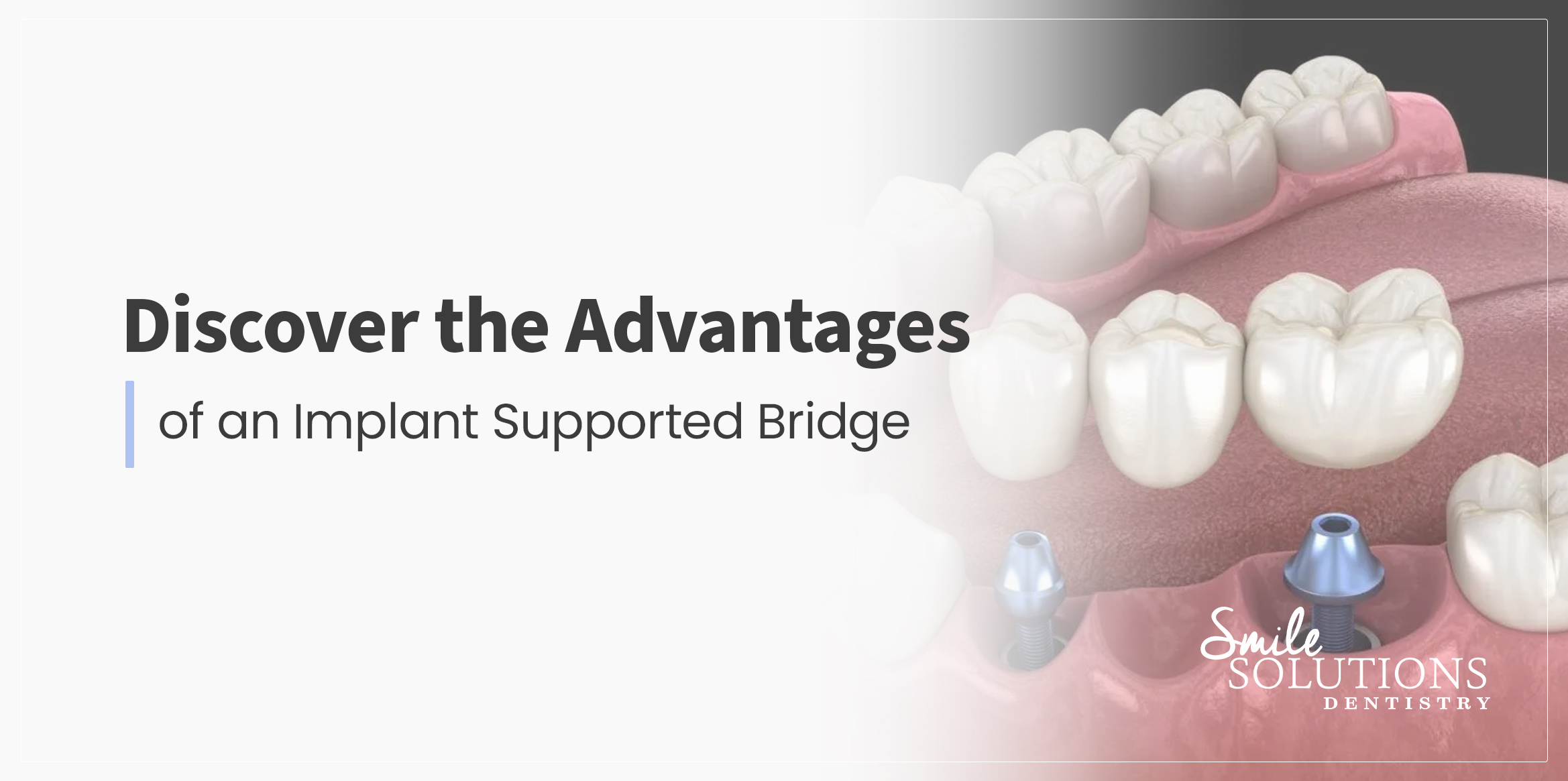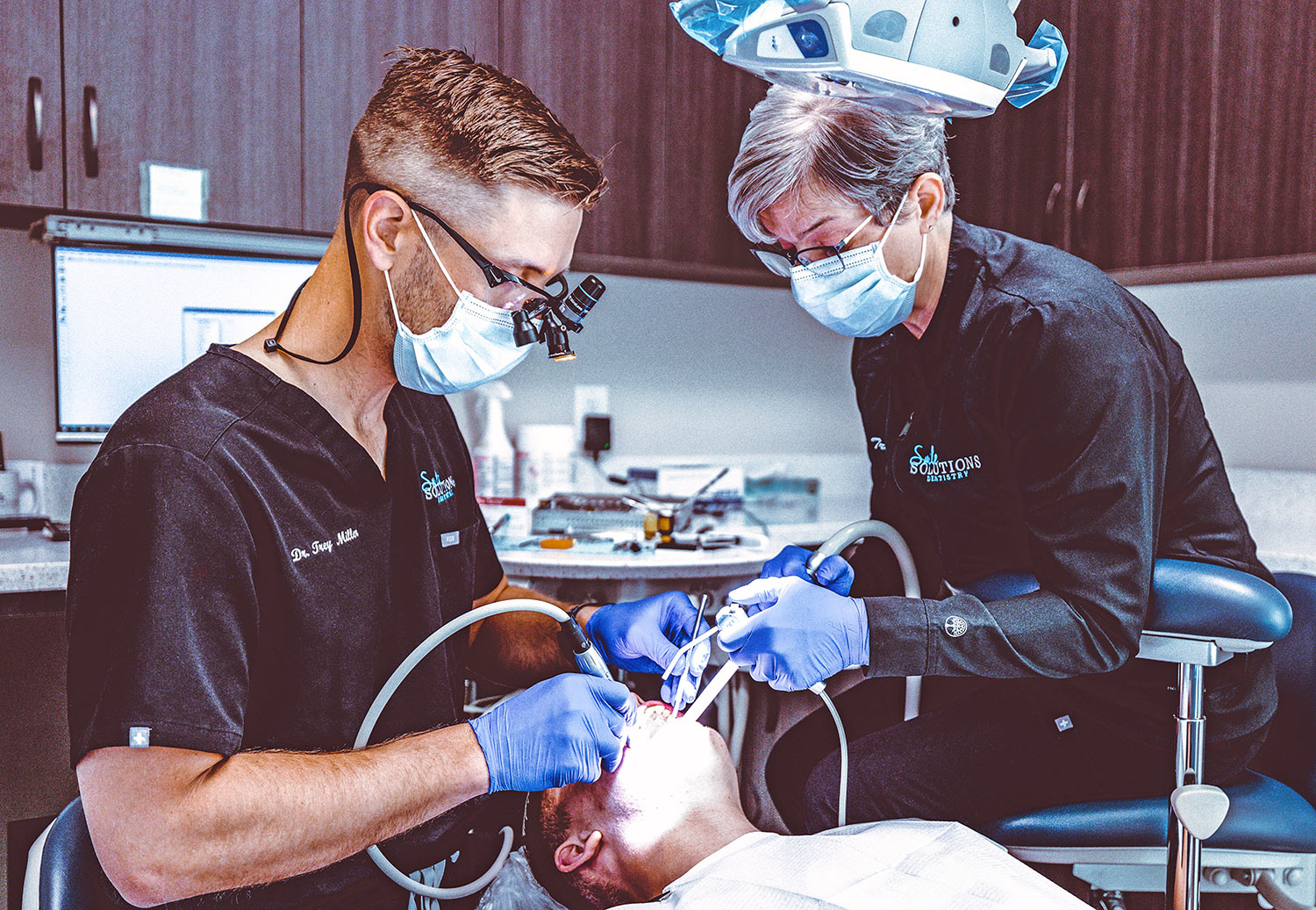Discover the Advantages of an Implant-Supported Bridge
A 2 Implant Supported Bridge is a dental prosthesis that replaces two or more missing teeth by anchoring a bridge to dental implants surgically placed in the jawbone. This advanced dental solution is ideal for individuals who have lost multiple adjacent teeth due to injury, decay, or other reasons, providing them with a stable and natural-looking restoration that enhances both function and aesthetics. It is particularly suitable for those seeking a permanent and durable alternative to traditional dentures or removable bridges, as it offers improved chewing ability and a more lifelike smile.
The lifespan of a 2 Implant Supported Bridge can be quite long, often spanning several decades or even a lifetime with proper care.
Advantages of a 2 Implant Supported Bridge
A 2 Implant Supported Bridge offers several notable advantages. Firstly, it provides exceptional stability and support, allowing for comfortable and confident chewing and speaking without worrying about slippage. This solution also preserves bone health by stimulating the jawbone, preventing deterioration that can occur when teeth are missing. Additionally, it offers an aesthetically pleasing and natural-looking smile restoration. Compared to traditional removable bridges or dentures, an implant-supported bridge requires less maintenance and is a permanent solution, eliminating the need for adhesives or frequent adjustments. Overall, it provides improved oral function, long-term durability, and enhanced overall quality of life for individuals with multiple missing teeth.
Is a 2 Implant Supported Bridge Procedure Painful?
The level of discomfort or pain associated with the 2 Implant Supported Bridge procedure varies from person to person, but it is typically manageable. The surgical process itself is usually performed under local anesthesia, ensuring that patients do not experience pain during the surgery. After the procedure, some individuals may experience mild to moderate discomfort, swelling, or bruising at the implant sites, which can be managed with prescribed or over-the-counter pain medications. Most patients find that any discomfort is temporary and subsides within a few days to a week. Your dental provider will provide you with post-operative care instructions to help minimize discomfort and ensure a smooth recovery process.
What is the Lifespan of a 2 Implant Supported Bridge?
The lifespan of a 2 Implant Supported Bridge can be quite long, often spanning several decades or even a lifetime with proper care. This longevity is one of the significant advantages of this dental restoration option. The durability of implant-supported bridges is attributed to the fact that they are securely anchored to dental implants, which integrate with the jawbone, providing stable and lasting support. However, the actual lifespan can vary based on factors like the patient’s oral hygiene habits, overall health, and the quality of materials used in the bridge’s construction. Regular dental check-ups and maintenance are essential to ensure the longevity of the implant-supported bridge.
Conclusion
A suitable candidate for a 2 Implant Supported Bridge typically includes individuals who have lost two or more adjacent teeth and are in good overall health with adequate jawbone density to support the implants. Candidates should have a commitment to maintaining proper oral hygiene and follow-up dental care. Ideal candidates also desire a stable and permanent solution to tooth loss, as implant-supported bridges offer superior stability and functionality compared to removable dentures or traditional bridges. It’s important to consult with a qualified dental professional who can assess your specific dental condition and health to determine your candidacy for this procedure.
If you’re interested in a consultation, you can schedule an appointment and Dr. Trey Miller or one of his colleagues will happily see you to determine if a 2 Implant Supported Bridge is a good solution for your unique individual needs.




